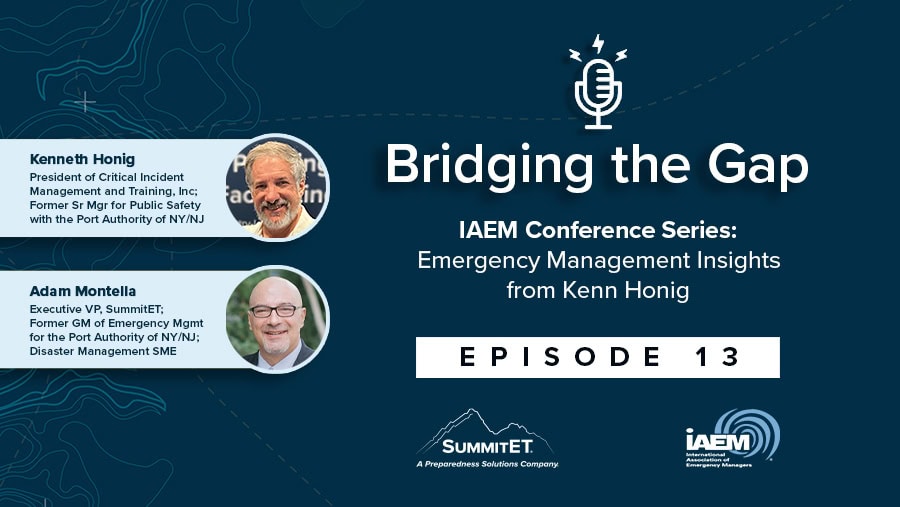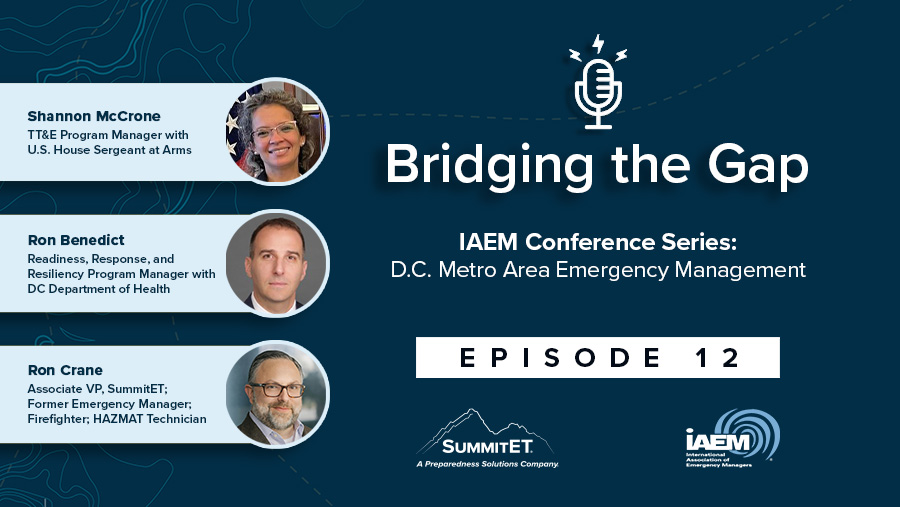Preparedness is something that…well…you have to prepare for. It takes time and effort to prepare for things which may occur in the future. Many of us try to plan for inevitabilities such as saving for a daughter’s wedding, planning for a child’s college education, or even pre-arranging our own funerals. Hopefully, much thought has been given to what would happen in the event of a job loss or other incidents having a negative financial and/or emotional impact on our families. Preparing for future events is an important part of life, and it is something we do routinely. However, it is important to prepare not just for expected events, but also for things that are not foreseen.
Identifying what to be prepared for can be quite the challenge. According to Dictionary.com, preparation is defined as “to make ready or suitable in advance for a particular purpose or for some use, event, etc.”
Preparedness can take many forms
Since preparedness takes many forms, let’s consider preparing for a day-hike. We need to make sure our shoes/boots and clothes are appropriate for where we are going. We need to have sufficient food and water for the duration of the hike. The cell phone needs to be fully charged and we should notify someone of where we’re going and when we expect to return. You should also consider packing a poncho, a compass, some energy bars, something to drink/purify water, a good knife, a flashlight, sunscreen, and bug repellent. We need to prepare for weather changes, injuries, or if we leave the trail for some reason, and/or become disoriented.
Preparing for changing conditions applies not only to a day-hike, but to life in general. As you can see, anticipating, developing, and planning are important for a successful day-hike outcome.
Preparedness in Business
From a business perspective, we need to look at things in the same general way—be prepared for the expected. We should also be prepared for the unexpected and what may happen should conditions change. Some of the obvious points of concern include employee welfare, financial stability, and continued customer support during a challenging time. A Continuity of Operations Plan (COOP) should be developed to help ensure the company can continue to function and support its internal and external stakeholders.
The Federal Emergency Management Agency (FEMA) provides general COOP information and planning tools. While this document is geared toward government, the overall philosophy relates to a broad spectrum of applications. It is important to note, of the first four phases of COOP activation, the first is preparedness and readiness.
Communications Planning
Communications planning is also an important part of preparedness. When an adverse event occurs, how are you going to communicate pertinent information to your audience? It is incumbent upon organizations to develop, train, and exercise a crisis communication plan. A crisis communication plan helps prepare an organization to communicate accurately and confidently during an emergency. It also addresses different audiences and provides a strategy for communicating information specific to stakeholders’ interests and needs. The image of the organization can be positively or negatively impacted by public perceptions of the handling of the incident. A well- trained and practiced crisis communication plan can improve an organization for communication success.
Begin Preparing
As you can see, Preparedness Is Not an Accident®. It takes a concentrated effort to look into the future and anticipate what may happen—then figure out how you are going to deal with it. Our experts help corporations and agencies identify and address these unforeseen crises. Integrating a continuous cycle of Assessment, Planning, Solution development, Training, Exercising, and Reassessment (The APSTER ProcessTM) increases the greatest level of preparedness and ensures that Preparedness Is Not an Accident®.




